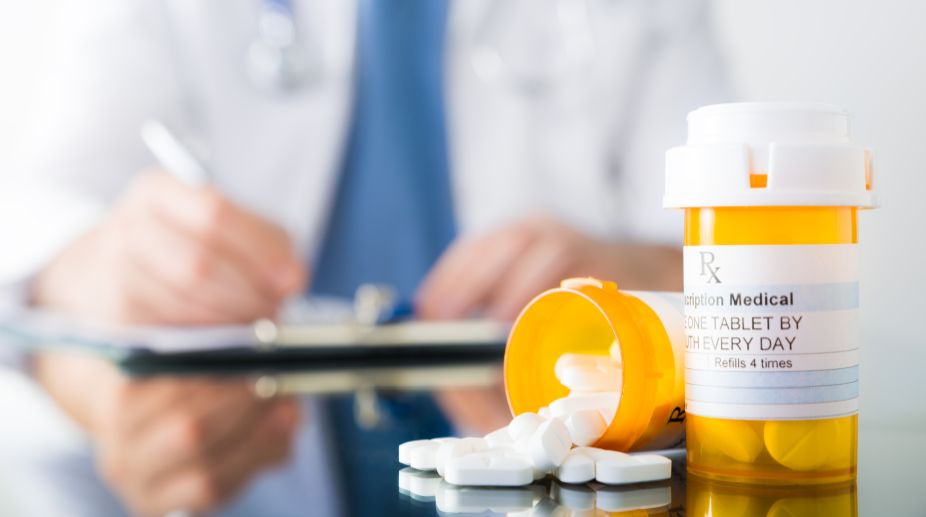Even as the government is making efforts to provide affordable healthcare to all, starting with asking the doctors to prescribe generic medicines, the medical fraternity is up in arms over the move for two reasons. First, the non-availability of generic medicines and second, the questionable efficacy of these generic medicines.
According to officials, the generic medicines are not available with majority of the government-run hospitals as the medicines which are given to the patients are procured in accordance with the preference policy through the Central Public Sector Enterprises (CPSEs). The medicines procured from CPSEs are thus branded medicines and not generic which are then made available at discounted prices for patients at Jan Aushadhi Centres.
Advertisement
At present, there are over 1,200 Jan Aushadhi Stores across the country which include 31 stores located in Punjab, 22 in Haryana, 16 in Delhi, four in Chandigarh and 17 in Himachal Pradesh. The patients getting treatment at the government hospitals, health centres and dispensaries are advised to buy medicines from these stores only.
A senior health department official in Chandigarh on conditions of anonymity said, "We purchase the medicines as per the policy only from CPSEs and are branded medicines. If the government is willing to provide us with the generic medicines under the policy, we will be more than happy to offer the same to our patients. The problem is that presently there is no provision to buy generic medicines under the policy".
Another big impediment in prescribing generic medicines to the patients is their questionable efficacy. Explaining the difference between a branded and a generic medicine, a senior doctor working in the premier tertiary care institute, Post Graduate Institute of Medical Education and Research (PGIMER), Chandigarh, said, "Generic medicines are the name of salts which constitute a medicine instead of the branded names. However, one of the biggest drawback of prescribing a generic medicine is that unlike the branded medicines which have a higher bioavailability, the generic medicine have very low bioavailability which makes them less effective. Bioavailability of any medicine is the absorption proportion of a drug in the body so as to have an active effect. So if a patient is taking a generic medicine, the percentage of absorption may be less than 60-70 per cent".
Explaining further, the doctor said, "Another drawback of these generic medicines is that these are procured from third party manufactures and are stamped by the brands under the garb of generic as their own . So if a brand X is manufacturing a branded medicine for fever for a price of Rs 100 per strip, the same brand will also sell a strip of generic medicine at Rs 60 without its name or logo.
"A patient who buys the generic medicine at Rs 60 per strip may feel he saved money but in reality, he ended up buying a less effective medicine that too at Rs 60 which actually costs the pharmacist Rs 10 from the manufacturer".











